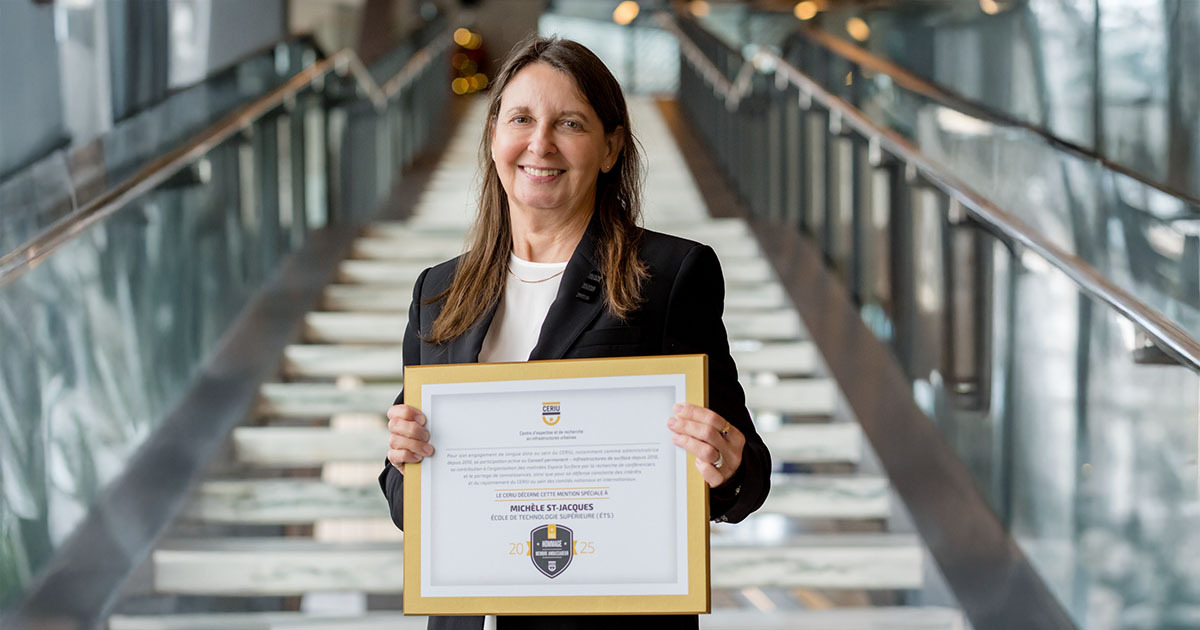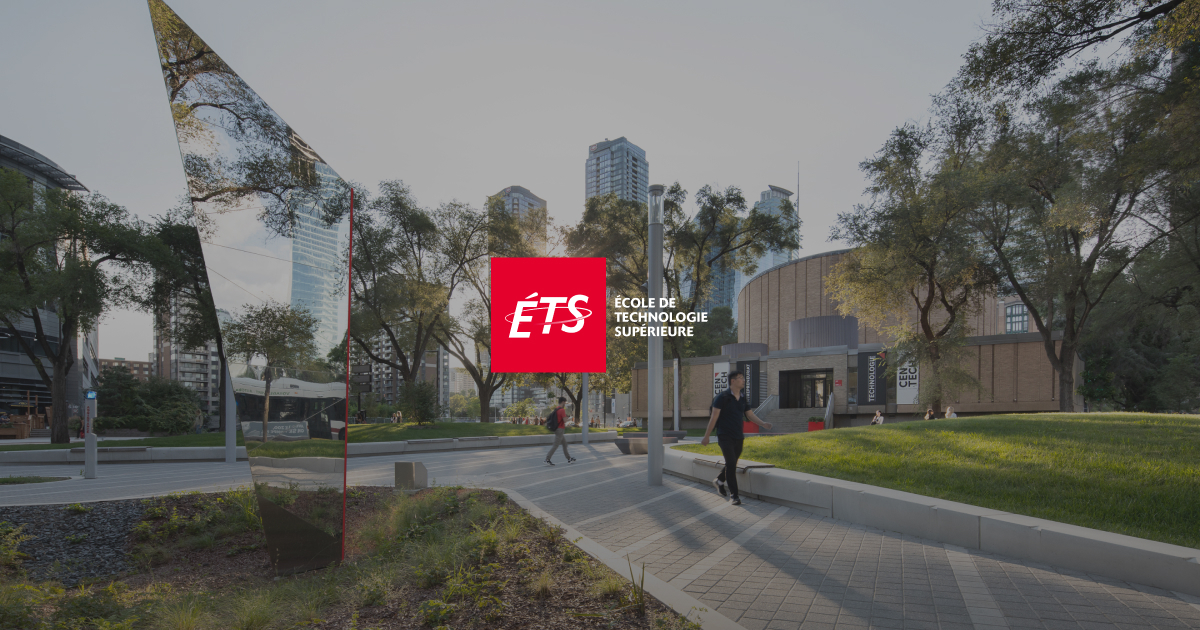The eyes of the world are on Paris, which will host the XXXIII Summer Olympiad from July 26 to August 11. Researchers in engineering, such as Julien Clément from the Department of Systems Engineering, are helping to enhance athletes' performances through innovative technologies.
In their quest to improve performance, top-level athletes push their bodies to the limit. When it comes to Paralympic sports, analyzing every move is even more important for improvement. Paralympic swimmers can now rely on an algorithm to help them do just that.
Julien Clément developed an algorithm for processing data on athletes’ movements in the water. This approach integrates biomechanical engineering principles to optimize athlete efficiency.
From Orthopedics to Olympic Sports
Collaborating with surgeons, the engineer worked in orthopedics for ten years to analyze knee and shoulder movements. Today, he brings his expertise to Canadian Paralympic swimming, combining his knowledge of biomechanics with performance analysis. He aims to optimize performance while minimizing the risk of injury, thus providing essential support to athletes.
While he currently focuses on Paralympic swimming, he does not rule out using this expertise to benefit other sports, paralympic or otherwise. This technology could give many athletes a better understanding of how their bodies turn, move, engage and improve.
An Algorithm Designed for Sports
Julien Clément’s flagship project is developing an algorithm that measures performance in the water. About the size of a thick stamp, the measuring device is attached to the back of the athlete’s swimsuit. It contains an accelerometer and a three-axis gyroscope.
It enables semi-automatic analysis of swimming data, providing information on linear accelerations and angular velocities while swimming. “We define the data to be analyzed, such as the type of stroke and distance. Once the athlete swims the required distance, the algorithm collects and analyzes the data,” explains the professor. The tool can generate over 200 parameters per length.
The biomechanics engineer explains the importance of analyzing all the body movements and cross-referencing the data. “We can analyze all four types of strokes, depending on the arm stroke cycles. The data enable us to pinpoint the exact moment in the cycle when the swimmer loses speed. With the coach and his assistants, we can work on specific exercises that will reinforce the swimmer’s weaknesses,” he explains.
One major advance of this project is the possibility of evaluating the distance covered with each stroke. “It’s the first time we’ve validated the distance covered with each arm stroke cycle using this type of tool. Now that we’ve reached this milestone, I’m confident in our algorithm,” he claims.
Personalized Approach
Julien Clément stresses the importance of this individualized approach: “Every athlete, whether para or non-para, has unique strengths and weaknesses. Using these data enables case-by-case analyses, hand in hand with the trainer. We can work on metrics that confirm how the athlete is feeling. We can even associate real data with these feelings,” adds the engineer proudly.
Developed in collaboration with coaches and research teams from INS and McGill University, this tailor-made approach helps establish personalized strategies for each swimmer, with longitudinal follow-ups to assess the effectiveness of interventions. “When we prescribe strategies, we can easily see if they work with the collected data. There’s a lot of testing to find the right strategy that will give the right results,” admits the professor, adding that this work really impacts athletes’ performances.
External Obstacles
Julien Clément highlights the persistent challenges facing Paralympic swimming. Specifically, he points to the lack of resources for top-level amateur sports. “An inexpensive tool like ours could really help athletes improve,” says the engineer. He believes the lack of tools prevents the technical refinement necessary for athletes aspiring to win medals.
What’s more, categorizing athletes in Paralympic sports is challenging. “Sometimes an athlete falls between two categories—too strong for one, not strong enough for the other. Some athletes are difficult to categorize,” says the professor. He believes that using in-water biomechanical data analysis would make categorizing swimmers more objective and thus give each of them a fairer and unbiased chance.
Measuring Excellence Differently
Above all, Julien Clément believes that his tool provides better metrics for athletes whether to improve their performance or better categorize them. “It’s possible to develop scientifically proven tools that can be used in the field. While time remains a primary performance index, other key indicators—distance covered per arm stroke, peak acceleration or instant stroke frequency—can also measure an athlete’s performance,” he points out.
He even goes so far as to question the definition of the term “performance.” “What is performance? It depends on the sport and the metrics available. Is time still the only measurement of performance excellence in speed sports?” Such questions could lead top-level sports, whether Paralympic or not, to question their practices.

Health technologies at ÉTS
More than a quarter of the research teams at ÉTS strive to create technologies that improve the health and well-being of the population, enhance accessibility to healthcare, or improve the efficiency of services.



